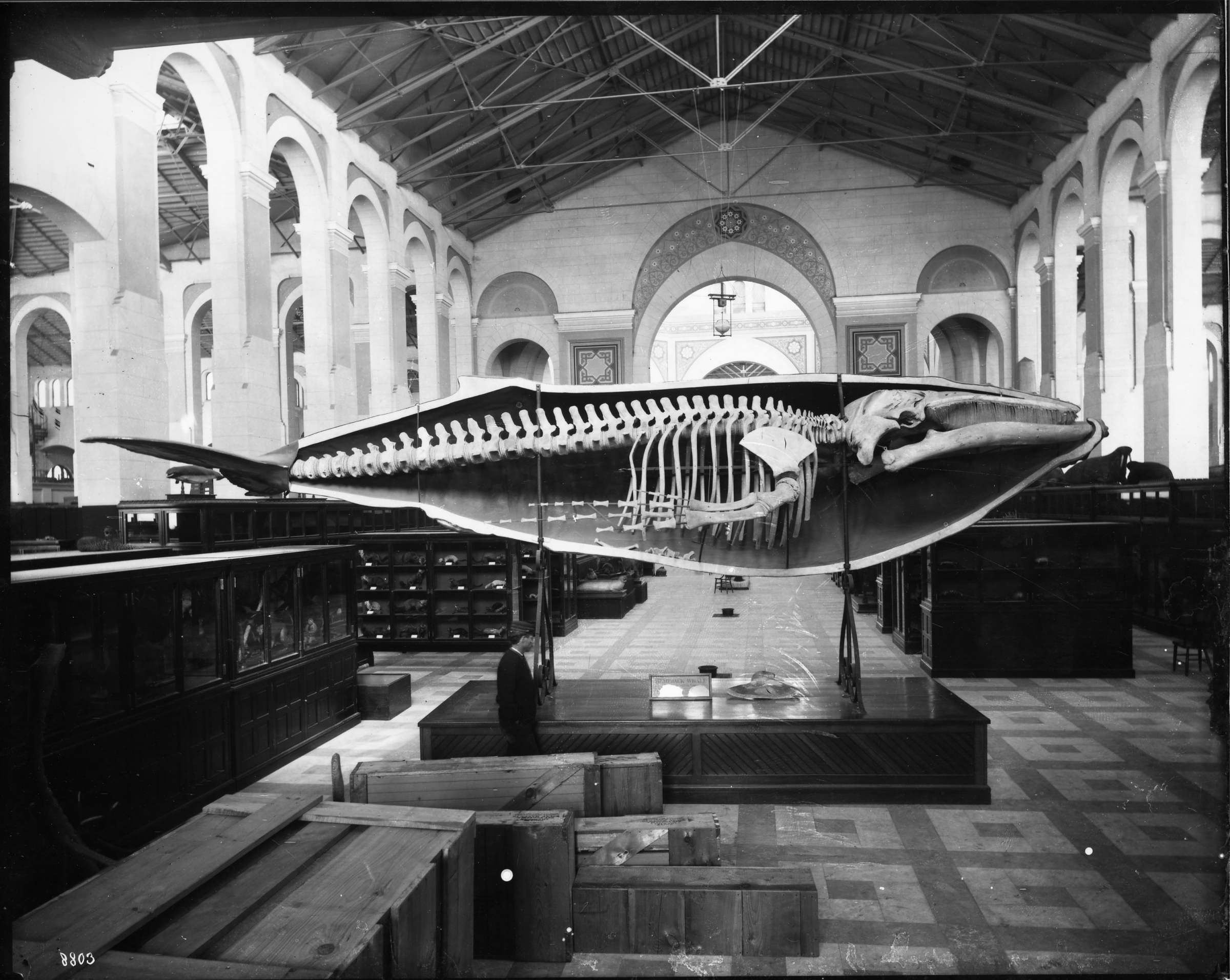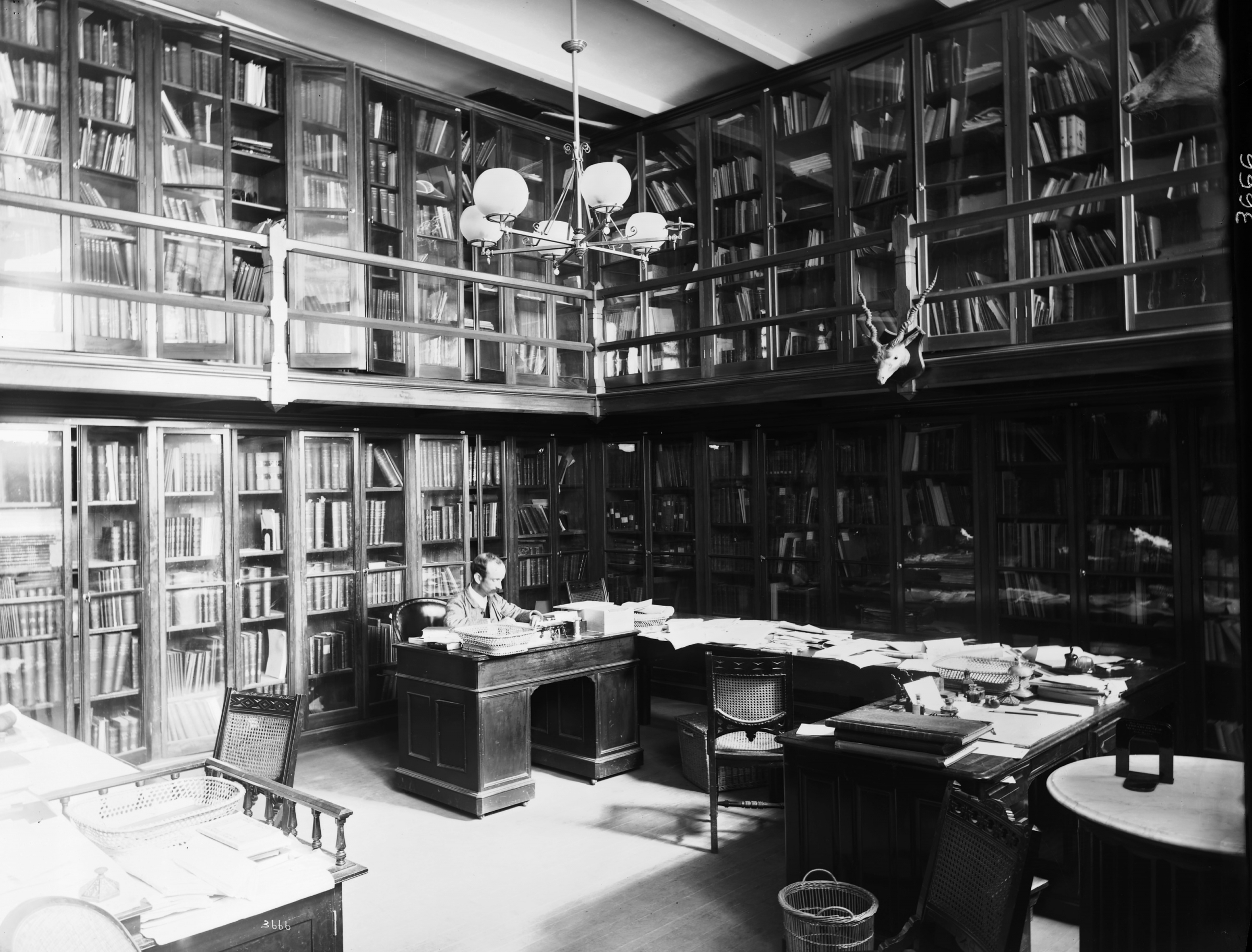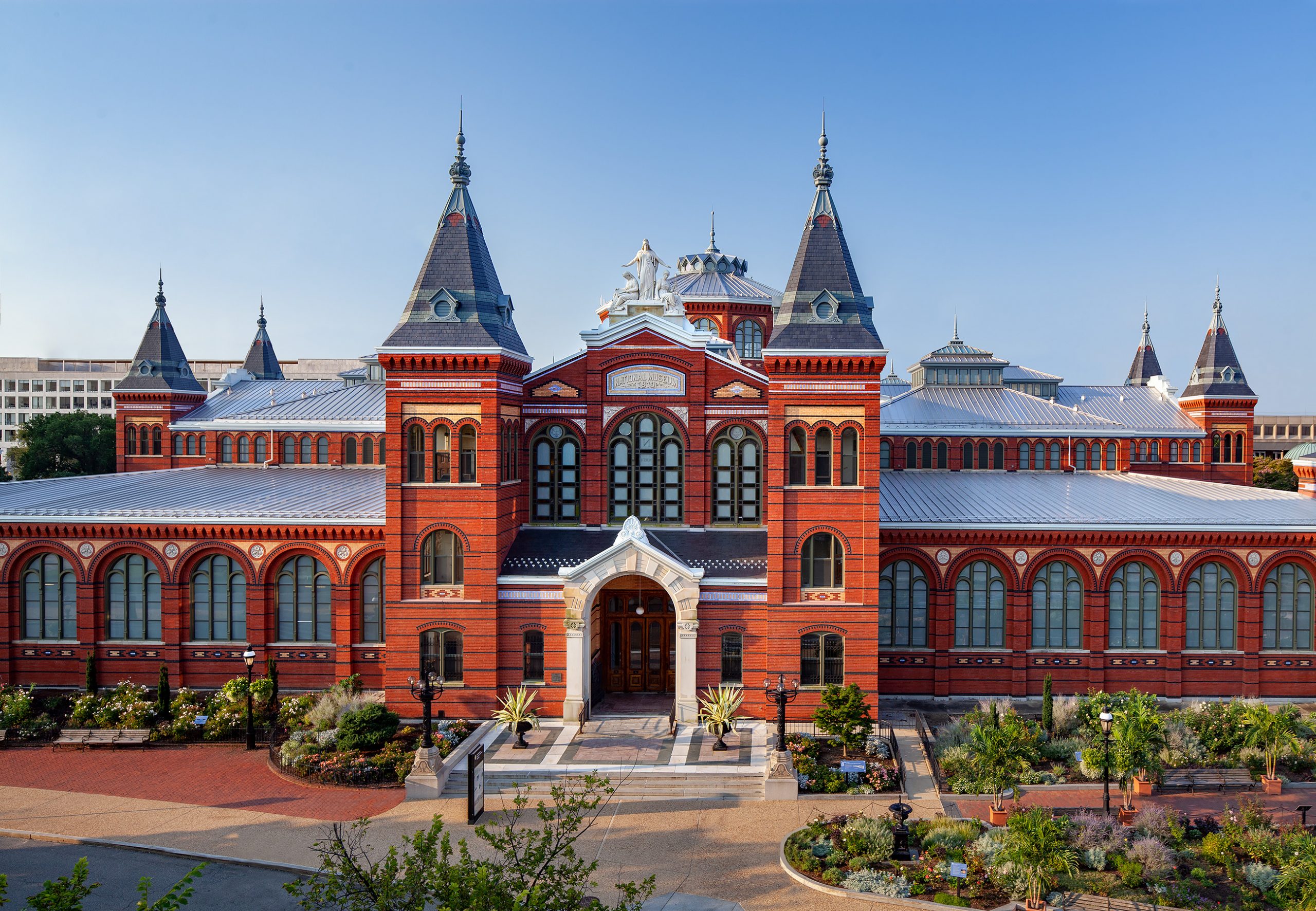Meet the mother of all Smithsonian museums
When the Arts and Industries Building opened in 1881 as a new museum next to the Smithsonian Castle, the National Museum of Natural History was just a dream. So was the National Museum of American History. And the National Zoo.
America’s first National Museum was the place where they all began. Over the decades, the Arts and Industries Building served as an incubator for future Smithsonian museums and endeavors.
This November, as part of the Smithsonian’s 175th anniversary year, the building is reopening to visitors for the first time in years with “FUTURES,” an exhibition that bridges the space’s storied past with big ideas about what’s coming next.

The first event held in the building—before exhibits or even a permanent floor were installed—was President James Garfield’s inaugural ball on March 4, 1881. The lavish affair drew 7,000 guests. In the center rotunda, a "Statue of America" held Thomas Edison’s modern electric light.

The new National Museum opened to the public later that year, marking a shift in the Smithsonian. The Institution’s first leader, Secretary Joseph Henry, wanted the young organization to prioritize scientific research, not amass a collection for display. But the Castle, the Smithsonian’s first building, was filling up with objects. Spencer Fullerton Baird became Secretary after Henry’s death in 1878, and he led the charge for the creation and construction of a national museum.


The building’s entire ground floor was initially devoted to exhibits ranging from geology to architecture to historic relics. Before there were individual museums for subject areas, the Smithsonian’s vast and varied collections lived in the National Museum. Crowds flocked to the country’s “Palace of Wonders” to see the first cast of a blue whale or the Star-Spangled Banner.

Other spaces housed research labs for chemistry, electricity, minerals, and mammals, while the northwest pavilion held the library that included the rare-book collection.
Out back, the “Department of Living Animals” exhibit (which included bison!) created so much interest that it grew into the National Zoo.


Soon the museum’s collections had outgrown the building, and what became the National Museum of Natural History was built, opening in 1910. Science collections, like the first Triceratops to go on exhibit, made their way across the National Mall. The U.S. National Museum Building was renamed the Arts and Industries Building.

Into the 20th century, it showcased history as it happened: First Lady Helen Taft donated her inaugural gown while President William Howard Taft was still in office, establishing a tradition that would continue with future first ladies. Charles Lindbergh flew the Spirit of St. Louis to Washington, D.C., where he donated the plane to the Smithsonian; it went on display two weeks later. And months after the Apollo 11 mission returned from the moon, a lunar sample could be viewed in the building’s rotunda.


Eventually more museums would open, dedicated to art, American history as well as aviation and space. (And with them, the rockets that had become a landmark along the west side of the Arts and Industries Building moved down the road to the National Air and Space Museum.)
The Arts and Industries Building was named a National Historic Landmark in 1971. Fifty years later, the “Mother of Museums” continues to be a place where the Smithsonian looks toward the future, poised for its next chapter.

